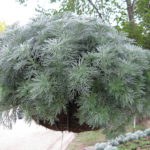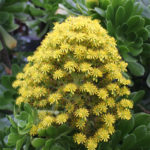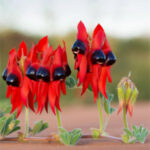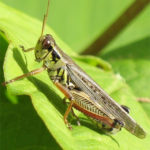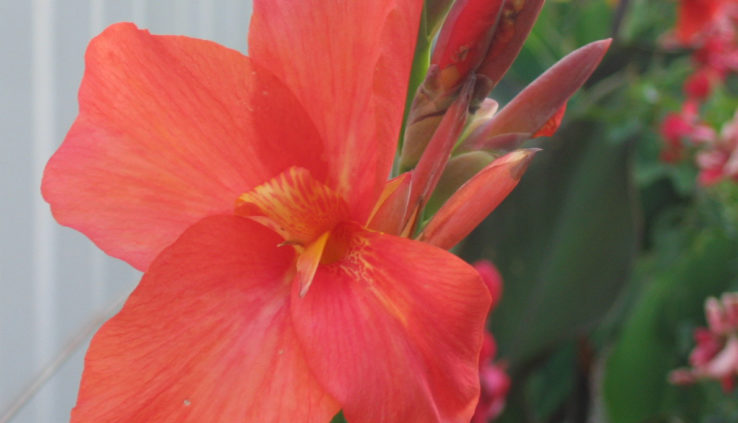
Canna Cannas or Canna Lilies
Canna: Planting Growing Caring for Cannas
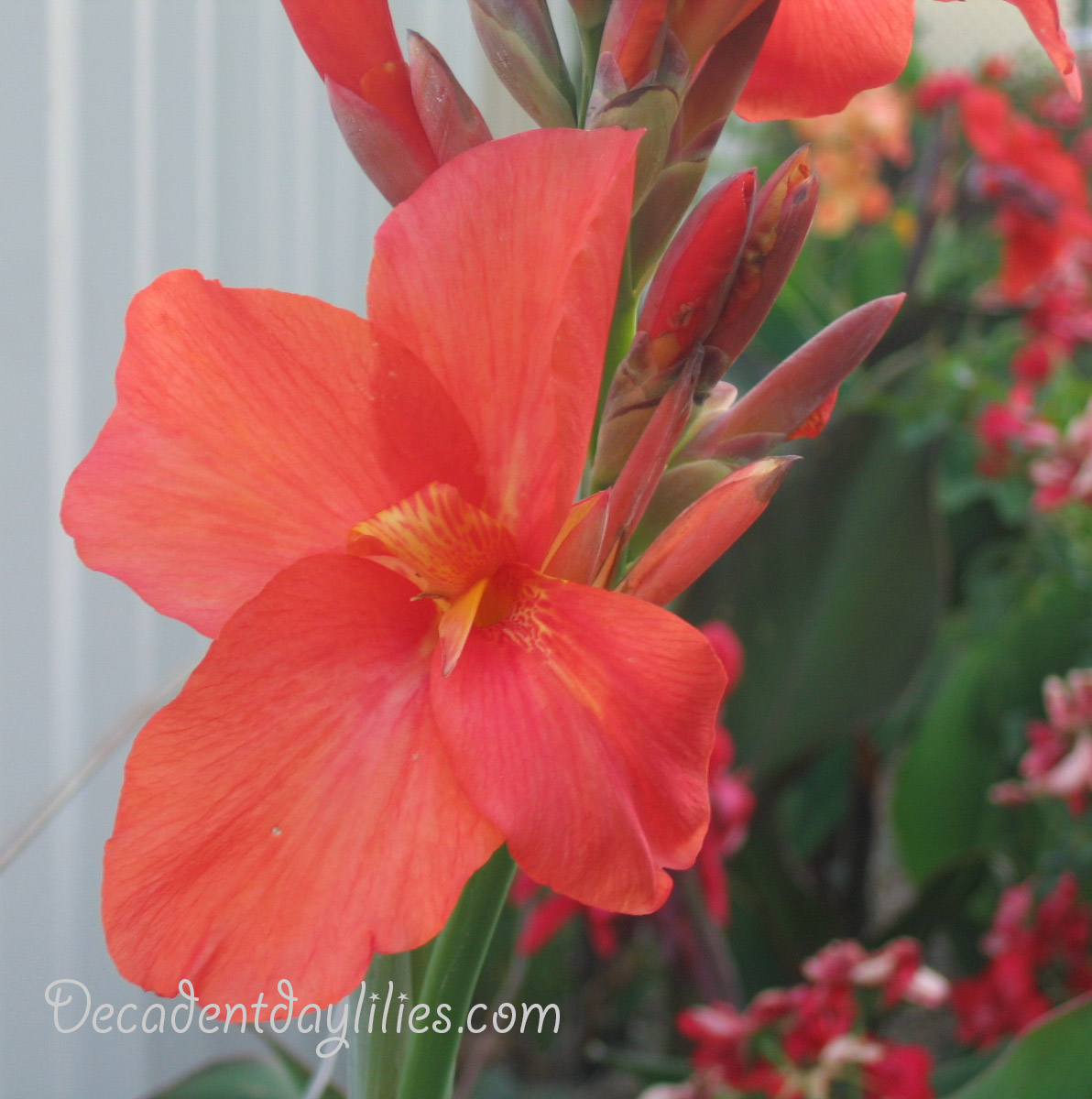 Many people use the name Canna lilies to refer to the plant Canna belonging to the family Cannaceae. It seems the people started calling it Canna lilies mainly because they have tropical foliage, exotic flowers and rhizome or bulbs like lilies. Garden nurseries use the name Cannas bulb or Canna lilies to increase the sales as people are more familiar with the name Canna lilies than the name Canna. The confusion about the common name of this plant still exists. You will find the chosen name Cannas lilies used in gardening catalogues everywhere.
Many people use the name Canna lilies to refer to the plant Canna belonging to the family Cannaceae. It seems the people started calling it Canna lilies mainly because they have tropical foliage, exotic flowers and rhizome or bulbs like lilies. Garden nurseries use the name Cannas bulb or Canna lilies to increase the sales as people are more familiar with the name Canna lilies than the name Canna. The confusion about the common name of this plant still exists. You will find the chosen name Cannas lilies used in gardening catalogues everywhere.
Planting Cannas
You can plant the rhizome of a Canna in well dug soil mixed with organic manure. Make sure that the new eyes of the rhizome are just below the soil level. The new eyes, which are not exposed to sunlight will have either white colour or pale purple colour.
Canna plants need sparing water when initially planted to get their roots into the soil. Too much water will drown and kill young roots, turning the canna rhizome dark and rotten. Give Cannas two or three weeks to establish new roots and re-root and resettle after planting. After you can’t pull the canna plant out of the ground, irrigate the thick subterranean rhizomes more regularly during summer. Replant with medium sized rhizome cuttings to nourish the plant while it grows.
Old rotted cow manure deep under the rhizomes while planting will help the cannas grow well. A light sprinkle of sulphate of potash and blood and bone
in late winter makes good plant food for cannas and can assist flowering. Keep your cannas mulched, especially if you decide to keep them in the ground over winter. Shorten the flower stem by cutting off spent flowers only and not the whole stem of flowers until the whole stem has finished flowering.
Canna Stuttgart
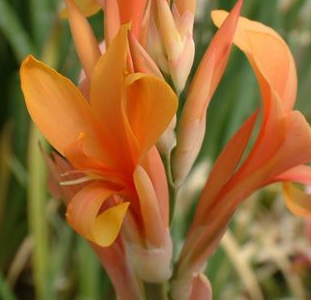
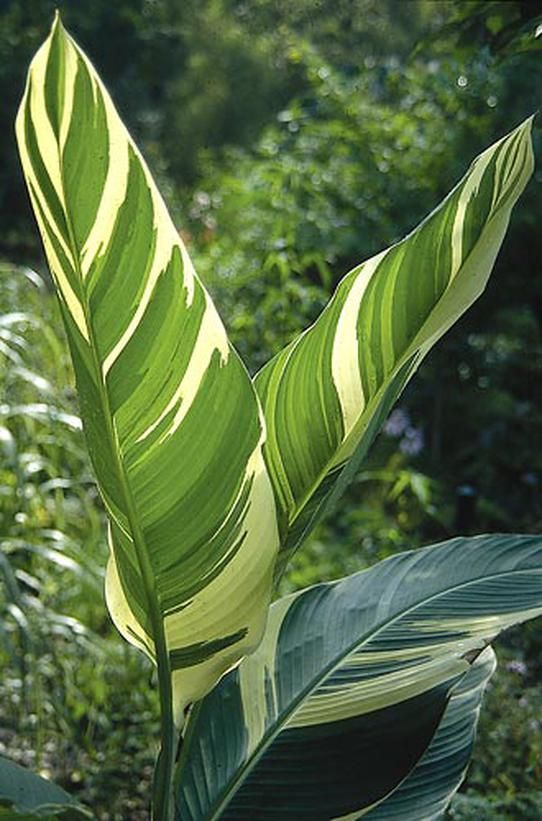 A variegated canna is a great grower if it is planted in the shade otherwise it’s leaves will get scorched, filtered light is ok but do not plant in morning or afternoon sun. Each large leaf can be different some having large strips of variegation in the leaves while other leaves have mild variegation. This plant grows to 8 feet or more and makes a lovely statement in the garden, caring orange flowers above the variegated leaves a real eye-catcher. I have this growing in my garden and it is beautiful.
A variegated canna is a great grower if it is planted in the shade otherwise it’s leaves will get scorched, filtered light is ok but do not plant in morning or afternoon sun. Each large leaf can be different some having large strips of variegation in the leaves while other leaves have mild variegation. This plant grows to 8 feet or more and makes a lovely statement in the garden, caring orange flowers above the variegated leaves a real eye-catcher. I have this growing in my garden and it is beautiful.
Watering Cannas
Cannas are plants which are moderately drought tolerant hence you needn’t have to water the plants every day. Once the clumps are established you just need to deep water them once in two weeks to ensure proper growth. Over watering can cause the rotting of the rhizomes, especially if the plants are young or if it is winter season. You can water the plants when the topsoil is dry.
How Much Sun do Cannas Need?
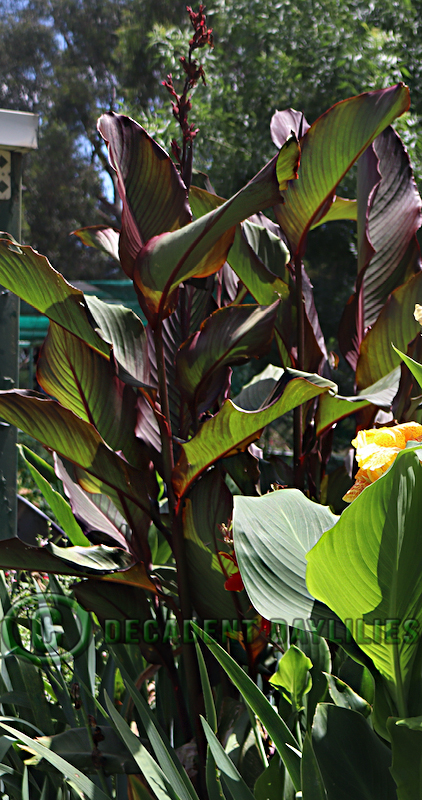 If you want to grow Cannas in your garden make sure that the plant will receive at least 4-6 hours of direct sun. Find a location with good sunlight, so that the plants will grow easily and produce better flowers. When planted in shady areas they will not produce many branches and the flowers produced will be smaller. If you want your Cannas to grow well in moist soil and flourish with full bloom, then plant them in areas with good exposure to the sun.
If you want to grow Cannas in your garden make sure that the plant will receive at least 4-6 hours of direct sun. Find a location with good sunlight, so that the plants will grow easily and produce better flowers. When planted in shady areas they will not produce many branches and the flowers produced will be smaller. If you want your Cannas to grow well in moist soil and flourish with full bloom, then plant them in areas with good exposure to the sun.
Full sun shines on my cannas all day. I find cannas are the ideal plants to create shade in the summer where it is needed. I use my cannas to cast their shadow to shade other plants from the hot afternoon sun. They are the fastest growing shade screening plants!
Giant cannas –>>
Growing Styles of Cannas
Cannas are summer flowers, with my experience they can flower from November right through summer to the first frost in winter. I find some ground varieties of cannas do grow in water.
Read descriptions to find these varieties.
Aquatic cannas, the true water cannas such as canna glauca yellow variety and Canna indica the red variety are good water garden cannas. They grow well on the edge of ponds or submerged in a pot, placed in any water feature such as wooden wine barrel. Cannas grow very tall up to 6 feet tall while giving you that tropical feel in the garden. Planting cannas near swimming pools make a great visual impact with their lush huge tropical style leaves. This can certainly result in a resort style tropical garden away from the tropics. If you are worried about cannas being invasive, a cement path in-between the cannas and the swimming pool would be enough to keep them in check or you could grow them in large ceramic pots by covering the rhizomes with a small amount of planting soil.
Propagation
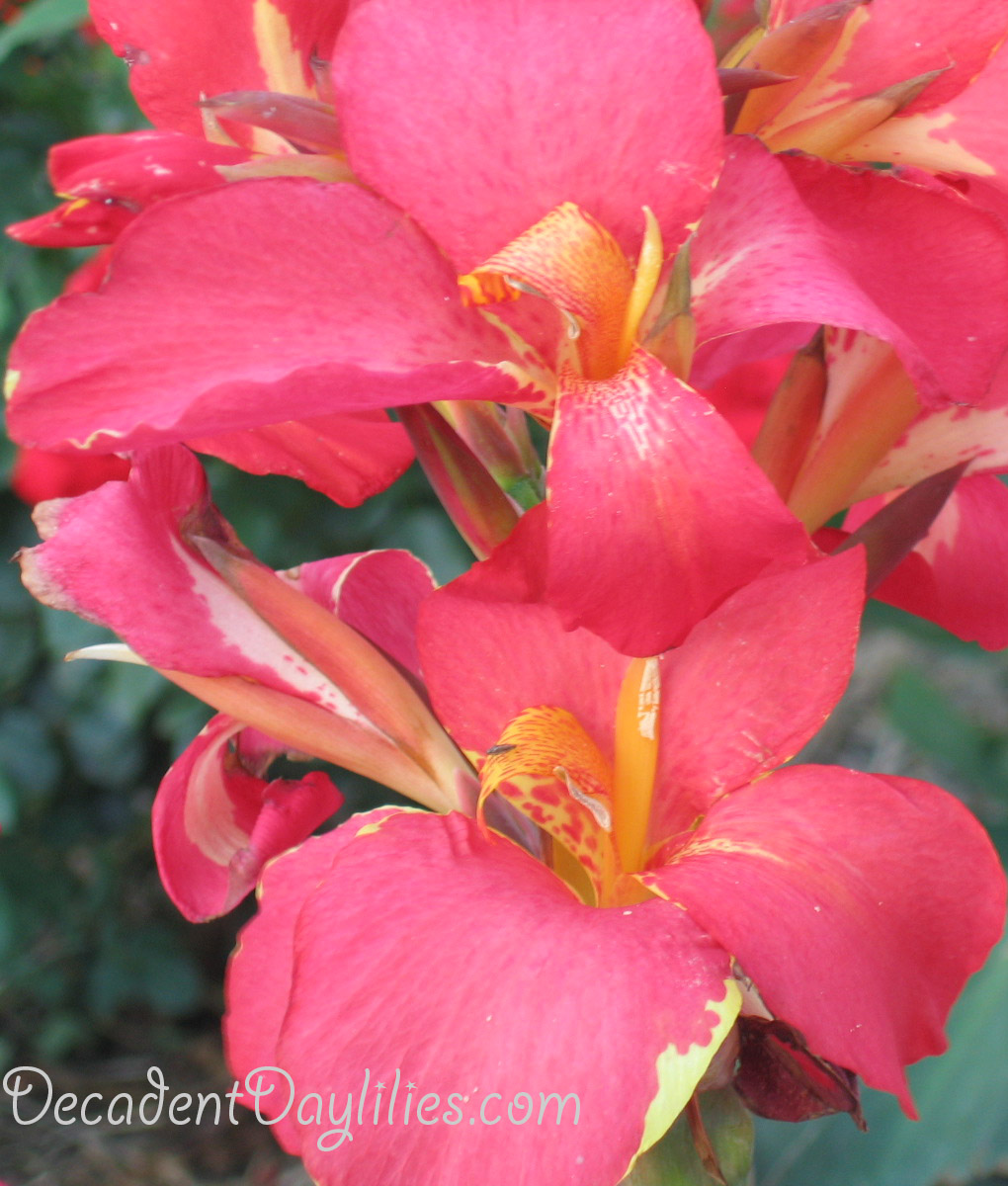 The propagation of Canna plant is mainly through the division of rhizomes. The multiplication and division or new shoots of Canna plants depends on the variety. Some plants produce 6 rhizome divisions in one growing season where as some produce 10 divisions.
The propagation of Canna plant is mainly through the division of rhizomes. The multiplication and division or new shoots of Canna plants depends on the variety. Some plants produce 6 rhizome divisions in one growing season where as some produce 10 divisions.
Can Cannas Handle the Frost?
Cannas are sensitive to frost and the leaves of Cannas when attacked will have brownish crisp frost bitten leaves. During cold winters the foliage growth will stop and the foliage starts re-growing only when the ground temperature becomes warm. Trim back the foliage damaged by frost. In climatic areas which experience heavy or extended frost period, you need to consider winter storage of the rhizomes. Lift the clumps of the plant and remove the soil from the clump and cut back the leaves. Keep the clump of rhizomes intact so that they are insulated from frost. Place the rhizome in open topped bags and store them in warm, aerated and frost free areas. Water the rhizomes very lightly when they are dry. During spring, divide the clumps and replant.
To cut a long story short:
Cannas grow in humus rich soil and are watered weekly. Divide canna cuttings with at least a stem and two growth shoots replant 1 metre apart. Deadhead flowering stems. Winterise frost-sensitive rhizomes by mulching or digging them up and storing them or cut back frost damaged plants in spring.


